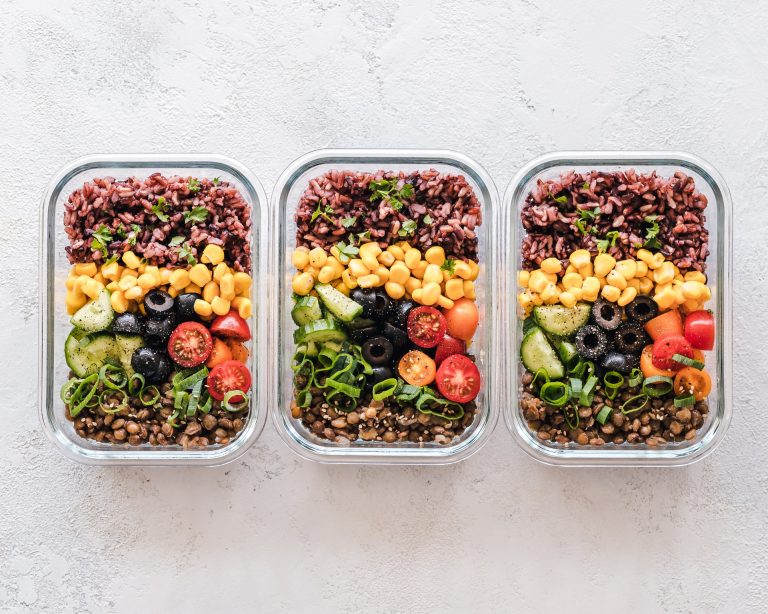Eating is an essential component of our day, often taken as three complete meals. A delicious breakfast might be an incentive to get out of bed in the morning, while lunchtime provides an opportunity to get together with friends as a break from our hectic routines. Dinner, meanwhile, is valuable for family time or ceremonial meals.
While three meals a day is a practice widely enjoyed around the world, it was not always this way. Furthermore, alternative eating habits that focus on ample digestive time may be better for health and longevity.
Eating habits of the past
Ancient Greeks and their early eating
Greeks were the first to introduce the idea of breakfast. Referred to as ariston in Greek literature, it was described as a meal taken shortly after sunrise, often consisting of barley bread dipped in wine. Tiganites, or Greek pancakes, also made their appearance, topped with honey, cinnamon, cheese, nuts or fruit.
The Greeks did not make much of a meal for lunch. A snack of bread and wine, accompanied by figs, salted fish, cheese or olives sufficed before the largest meal was consumed in the evening. Dinner typically consisted of quail and chicken eggs, vegetables, fish, legumes, olives, figs, cheese and again, bread. Meat could only be afforded by the wealthy.
The Romans and their aversion to gluttony
According to food historian Caroline Yeldham, the Romans usually consumed one meal a day around noon. “They were obsessed with digestion and eating more than one meal was considered a form of gluttony.”
Success
You are now signed up for our newsletter
Success
Check your email to complete sign up
In the 1st century, however, Latin poet Martial made allusion to ientaculum, which was a light morning meal composed of staples like bread, cheese, olives, nuts, dried fruits and cold meat from the night before. While a one-meal regimen might not have been absolute, the Romans are remembered for their frugal eating habits.

The Middle Ages and monastic life
People’s eating habits during the Middle Ages were partly defined by religious observances. According to food historian Ivan Day, the first meal of the day could only be eaten after morning Mass, and meat was only consumed on half the days of the year.
The strong influence of monastic views during those years is manifested in the iconic English Breakfast that we enjoy today, where pork and bacon were included due to the need to use up meat before Lent, and eggs—which were also forbidden during the observance—often accompanied the savory dish.
In addition to religious traditions, the lack of electricity at that time largely determined people’s eating schedules. It was necessary to get up and go to bed early to take advantage of the daylight to work. Thus, the main meal was enjoyed in the middle of the day, as workers would have labored up to six hours by then. During breaks they also ate what they called “beever” or “noonshine,” which consisted of a piece of bread and cheese.
When artificial light was developed, the active day became longer and the main meal shifted to later in the day. The mid-day meal was not abandoned, but laid the foundation for the idea of lunch.
Evolution of three meals a day
The idea of three meals a day was not consolidated until the Industrial Revolution introduced the system of regular working hours. Workers adapted their eating habits to their more structured work schedules, yielding to the typical routine of a simple meal before work—usually bread or street food—a light snack during the day, and a larger meal in the evening.
When food was scarce during wartimes, people skipped meals. “The idea of three meals a day went out the window,” said food historian Charrington-Hollins. Nevertheless, whenever the food supply normalized, the three-meal diet was embraced again due to its compatibility with work and school schedules. Over time, this became the prevailing dietary approach that many of us adhere to today.
Intermittent fasting – past and present
According to neuroscientist Mark Mattson, the human body is adapted to go without food for several hours, days or even longer, dating back to ancient times when humans would have to wait long periods of time between hunting and gathering successes.
Abstention from food has been a recurring theme in religious traditions, practiced by Moses, Jesus, Muhammed and Buddha as part of their spiritual efforts. Buddhist monks are widely known for skipping dinner in accordance with the dietary rules set forth in the Vinaya, a division of the Buddhist Canon.

While fasting has been practiced for millennia, it has only recently begun to gain popularity in modern society as a way to manage weight and prevent disease. In the midst of increasing food availability, extended waking hours and reduced physical activity, the “Intermittent fasting” regimen is reminiscent of our ancestors’ frugal approach to eating, which addressed the need to allow our digestive system to rest and recover.
Intermittent fasting involves restricting our food consumption to a specific period of time. When practiced daily, food intake is commonly limited to an eight-hour period, allowing the body sixteen hours for digestion. This is known as 16/8 fasting. An alternative approach —the 5:2 diet—involves eating normally five days a week and eating only 25 percent of our regular caloric intake (approximately 500-600 calories) on two non-consecutive days.
A more radical plan consists of consuming zero calories for 24 hours once per week, or once per month. Extended fasting periods—36, 48 and 72-hour windows—are not recommended as the body may resort to storing fat in response to starvation.
Intermittent fasting has been proven to offer a wide range of benefits, including a leaner body, a sharper mind and an extended lifespan.
This form of fasting may not be suitable for everyone, however. When practiced unsafely, it can lead to constipation, irritability and heachaches, among other symptoms. It is recommended to consult your doctor before adopting new eating habits.
A more practical, convenient approach
At the heart of fasting or regulating our eating habits lies the need to follow our bodies’ natural cycles. In practice, this means consuming food when our body needs energy and refraining from ingesting extra calories when our body is meant to rest.
Try shifting your largest meal to earlier in the day and avoiding late night eating. “If you eat most of your food earlier on, your body can use the energy you feed it throughout the day, rather than it being stored in your system as fat,” says Emily Manoogian, clinical researcher at the Salk Institute for Biological Studies in California.

Manoogian adds that eating too early in the morning should also be avoided, as melatonin—which is released overnight and pauses the creation of insulin—may still be present in the body, preventing glucose from being stored and thus increasing blood sugar levels.
The researcher concludes by recommending a simple yet practical approach: “You could see a dramatic change just from a small delay in your first meal and advancing your last meal. Making this regular without changing anything else could have a big impact.”
It is not necessary to adopt strict diet plans to better nourish our bodies. By simply understanding our natural rhythms and making small, consistent changes, we can get in tune with our natural rhythm. As always, remember to stay patient, listen to your body and be compassionate to yourself.













